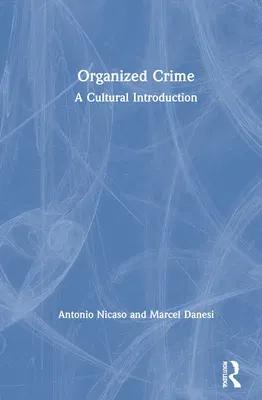This book aims to describe and demystify what makes criminal gangs so
culturally powerful. It examines their codes of conduct, initiation
rites, secret communications methods, origin myths, symbols, and the
like that imbue the gangsters with the pride and nonchalance that goes
hand in hand with their criminal activities. Mobsters are everywhere in
the movies, on television, and on websites. Contemporary societies are
clearly fascinated by them. Why is this so? What feature and
constituents of organized criminal gangs make them so emotionally
powerful-to themselves and others? These are the questions that have
guided the writing of this textbook, which is intended as an
introduction to organized crime from the angle of cultural analysis. Key
topics include:
- An historic overview of organized crime, including the social,
economic, and cultural conditions that favour its development;
- A review of the type of people who make up organized gangs and the
activities in which they engage;
- The symbols, rituals, codes and languages that characterize criminal
institutions;
- The relationship between organized crime and cybercrime;
- The role of women in organized crime;
- Drugs and narco-terrorism;
- Media portrayals of organized crime.
Organized Crime includes case studies and offers an accessible,
interdisciplinary approach to the subject of organized crime. It is
essential reading for students engaged with organized crime across
criminology, sociology, anthropology and psychology.

